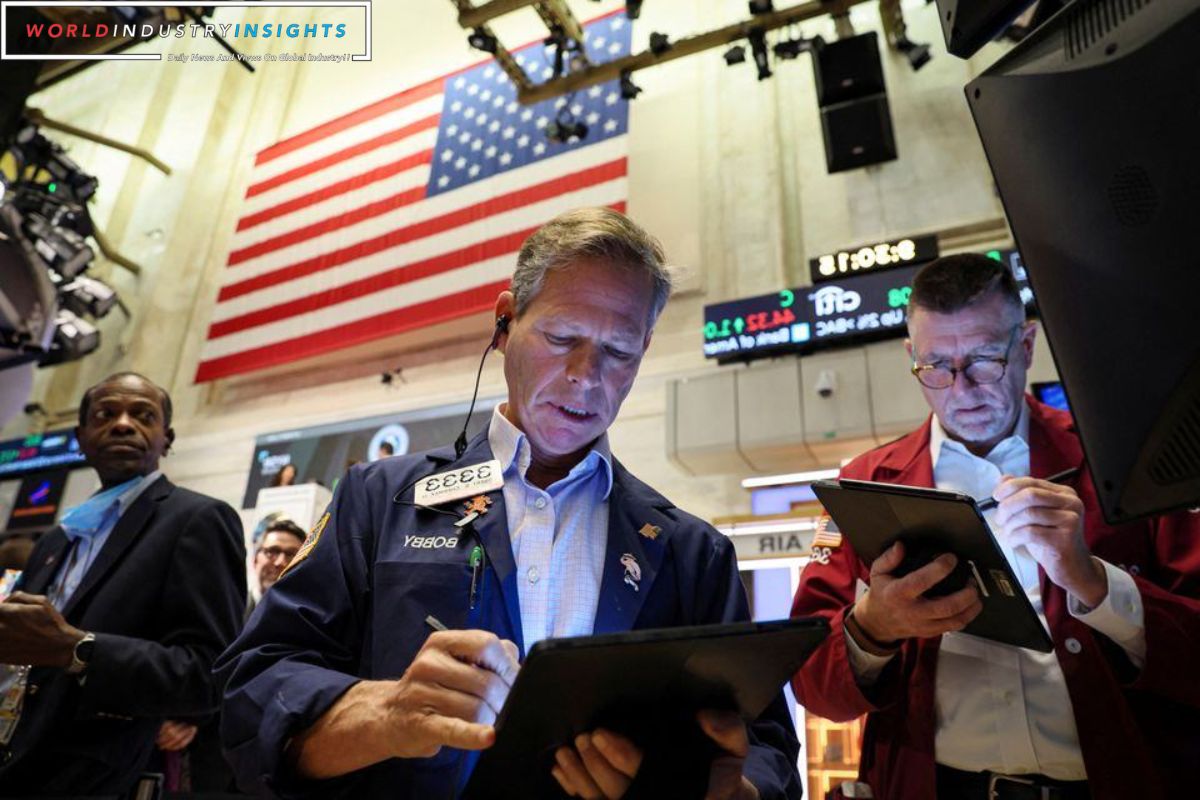Holiday Cheer Muted in Retail: The holiday season, typically a time of jubilant consumer spending and bustling retail activity, has taken an unexpected turn this year. According to a report by Mastercard, U.S. sales growth has slowed to a mere 3.1%, casting a shadow over the traditionally lucrative period for retailers.
This muted holiday cheer begs the question: what factors have contributed to this deceleration in sales growth? By examining the promotional efforts of major retailers, the surge in e-commerce sales, and analyzing sector-specific performance, we can gain valuable insights into the underlying trends in consumer spending behavior and the overall health of the retail industry.
As we delve into the data, a clearer and more comprehensive picture of this year’s holiday season will emerge.
Key Takeaways
- U.S. retail sales during the holiday season grew by 3.1%, falling short of the forecasted 3.7% growth by Mastercard.
- This growth rate represents a decline from the previous year’s 7.6% growth.
- Increased interest rates and inflation contributed to the lower growth in retail sales.
- Major retailers intensified promotional efforts in November but had less extensive promotions compared to the previous year.
Overview of U.S. Retail Sales During the Holiday Season
How did U.S. retail sales fare during the holiday season?
According to a recent report by Mastercard, U.S. retail sales experienced a 3.1% growth from November 1 to December 24, which falls short of the 3.7% expansion forecasted earlier by Mastercard.
Also Read: Black Friday Boost: U.S. In-Store Sales Surge Amidst Discounts, Yet Smallest Gain in 6 Years
This growth rate also represents a decline from the previous year’s 7.6%. Several factors contributed to the lower-than-expected growth, including increased interest rates and inflation, which put pressure on consumer spending.
The holiday season is a critical period for retailers, as it typically accounts for a significant portion of their annual sales.
The slower growth in retail sales indicates that consumers were more cautious with their spending this year, possibly due to economic uncertainties and rising costs.
This trend highlights the need for retailers to adapt their strategies and offerings to meet changing consumer preferences and economic conditions.
Promotional Efforts of Major Retailers
The promotional efforts of major U.S. retailers played a significant role in shaping the outcome of retail sales during the holiday season. As retailers faced the challenge of excess inventory from the previous year, they intensified their promotional efforts in November, targeting last-minute Christmas shoppers with enticing deals. However, these promotions were not as extensive as in the previous year. In December, some discounts were rolled back, coinciding with the period when consumers traditionally make last-minute purchases on ‘Super Saturday.’ The table below highlights the promotional efforts of major retailers during the holiday season:
| Retailer | Promotional Efforts |
|---|---|
| Amazon.com | Intensified promotions in November, targeting last-minute Christmas shoppers |
| Walmart | Increased promotional efforts in November with enticing deals |
| Other Retailers | Not as extensive promotions as the previous year, some discounts rolled back in December coinciding with Super Saturday |
E-commerce Sales Growth and Sector-Specific Performance
E-commerce sales growth and the performance of specific sectors have been closely monitored, revealing a deceleration in overall growth and varying trends among different industries.
The growth in e-commerce sales showed a slowdown, with a 6.3% increase compared to the previous year’s 10.6%. This deceleration can be attributed to a normalization in online shopping trends as the heightened demand experienced during the pandemic begins to stabilize.
The holiday shopping period saw differing performances among sectors. The apparel category witnessed a modest 2.4% increase in sales, indicating subdued consumer interest. However, the restaurant sector experienced a more significant growth of 7.8%, suggesting a preference for dining out. On the other hand, sales of electronics recorded a decline of 0.4%, signaling a potential shift in consumer priorities.
Analysis and Insights on Retail Sales Data
Retail sales data provides valuable insights and analysis into the performance and trends of various sectors, shedding light on the complex dynamics of consumer behavior and the challenges faced by retailers in today’s economic landscape.
The recent data on U.S. retail sales growth slowing to 3.1% reflects a mixed performance across different sectors, highlighting the influence of economic factors and evolving shopping preferences.
The impact of higher interest rates and inflation on consumer confidence and spending patterns further underscores the challenges faced by retailers.
These insights are crucial for retailers as they analyze the data to inform their strategies and decision-making in the coming months.
Retail Trends and Consumer Spending Behavior
Consumer behavior and spending patterns in the retail industry are constantly evolving, influenced by various economic factors and shifting trends in the market.
The recent data from Mastercard’s spending data highlights some key retail trends and consumer spending behavior during the holiday sales period. Despite recording a year-over-year growth of 3.1%, the growth falls short of the 3.7% forecasted by Mastercard and marks a decline from the previous year’s 7.6%. This indicates a slowdown in consumer spending during the holiday season.
The report also underscores the importance of understanding consumer preferences and demands across various sectors. Retailers need to adapt to these changing trends and cater to the evolving needs of consumers in order to stay competitive in the market.
Conclusion Of Holiday Cheer Muted in Retail
The holiday season in the U.S. saw a slower growth in retail sales, with a reported increase of 3.1% according to Mastercard. Major retailers relied on promotional efforts to drive sales, while e-commerce continued to experience significant growth.
The data highlights retail trends and consumer spending behavior, providing valuable insights for the industry. Overall, these findings suggest a need for retailers to adapt and innovate in order to meet changing consumer preferences and demands.




